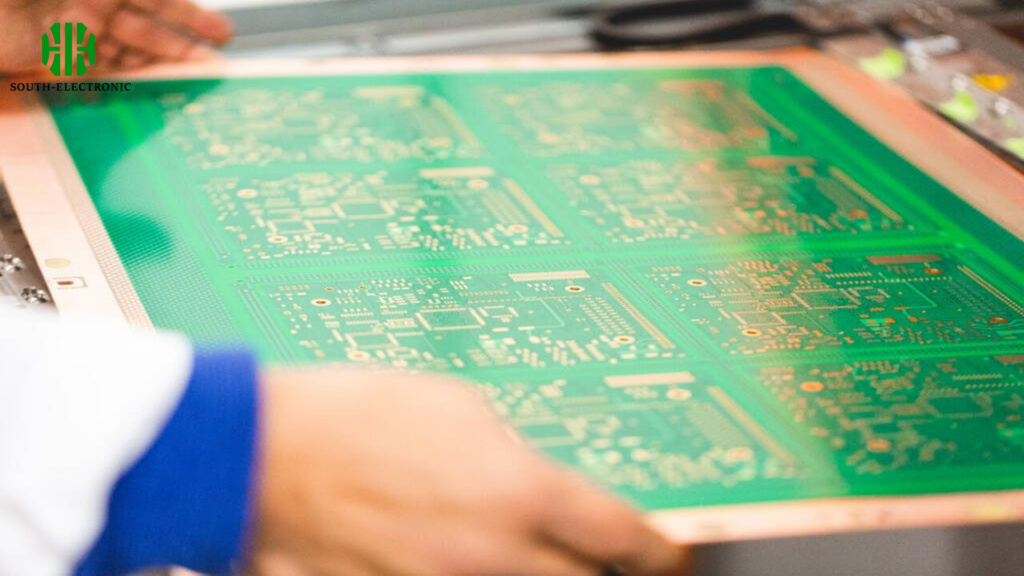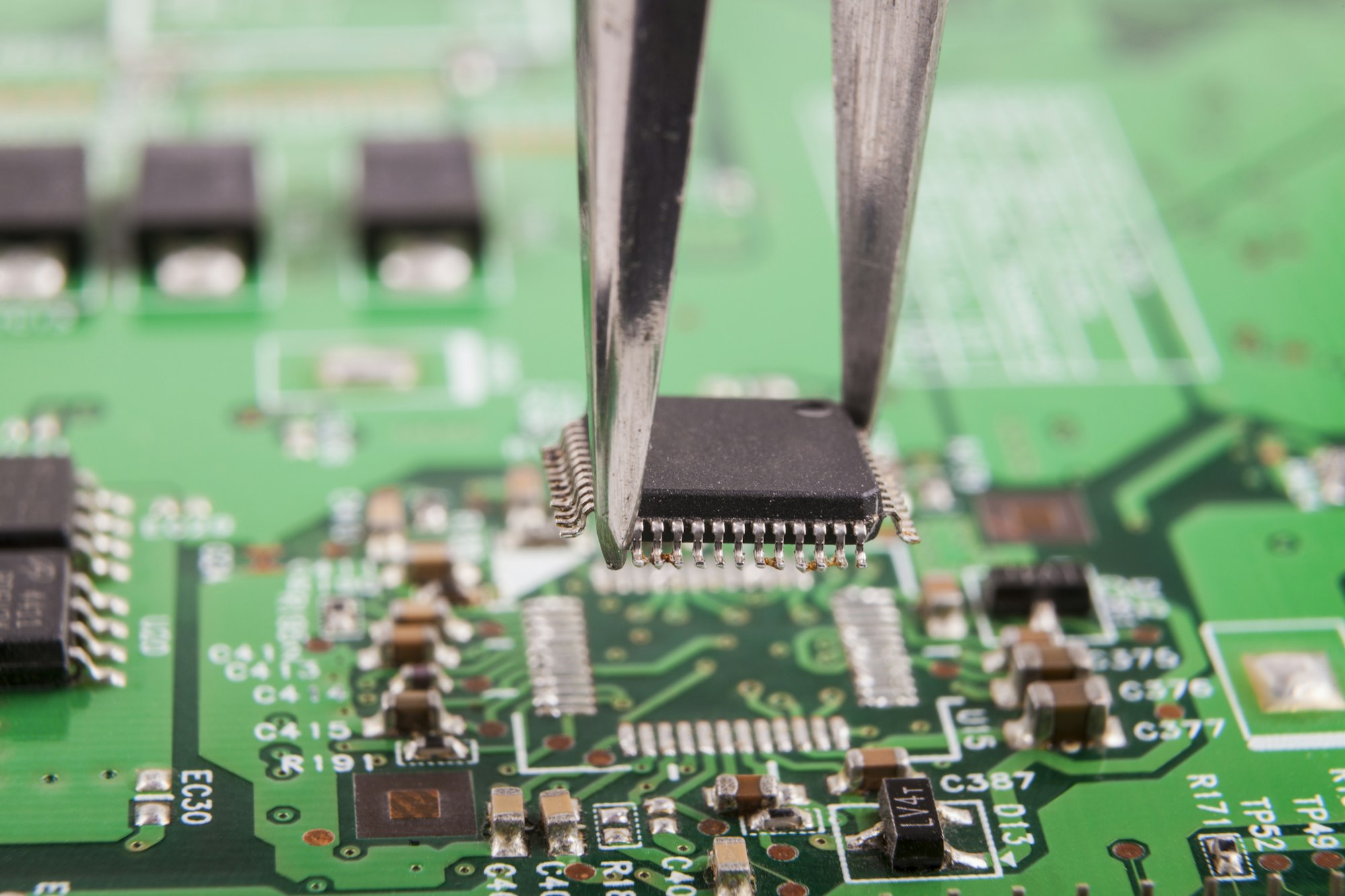Have you ever wondered how your smartphone survives coffee spills or your car’s electronics endure extreme weather? The silent protector behind this reliability might surprise you.
Conformal coating[^1] is a thin polymeric film applied to printed circuit boards (PCBs) to protect them from environmental damage like moisture, dust, and temperature fluctuations. It extends PCB lifespan while maintaining electrical performance, making it essential for industries like automotive and aerospace.
From medical devices to military equipment, conformal coating acts as an invisible shield. But how does it work, and why does material choice matter? Let’s dissect its role in modern electronics.
What is Conformal Coating for PCB?
Imagine accidentally dropping your drone into a muddy puddle. Without protection, its circuits would fry instantly. Conformal coating prevents this disaster.
Conformal coating chemically bonds to PCB surfaces, creating a barrier against liquids, contaminants, and thermal stress. Unlike bulky enclosures, it adds minimal weight while meeting IPC-CC-830 standards for insulation resistance and durability.
)
Critical Functions and Technical Specifications
Three primary roles define conformal coating:
| Function | Technical Impact | Industry Example |
|---|---|---|
| Moisture Resistance[^2] | Prevents dendritic growth & short circuits | Marine navigation systems |
| Chemical Protection | Neutralizes acidic/alkaline contaminants | Industrial automation |
| Thermal Management[^3] | Reduces stress from -55°C to 125°C temperature swings | EV battery control units |
A 2022 study by Electrolube showed coated PCBs survived 1,000+ hours in 85°C/85% RH environments—10x longer than uncoated boards. However, improper application (e.g., coating connectors) can render devices unusable. Always follow masking guidelines for sensitive components.
Types of Conformal Coating Materials
Choosing a coating material is like picking body armor—wrong selection = catastrophic failure.
Common conformal coatings include acrylic (easy repair), silicone[^4] (extreme temps), urethane (chemical resistance), epoxy (hard protection), and parylene (ultra-thin vapor deposition). Material choice depends on operating conditions and rework needs.

Cost vs. Performance Breakdown
| Material | Thickness (µm) | Temp Range | Rework Difficulty | Best For |
|---|---|---|---|---|
| Acrylic | 25-75 | -40°C to 130°C | Easy (Solvent Removal) | Consumer electronics |
| Silicone | 50-200 | -55°C to 200°C | Difficult | Engine control modules |
| Urethane | 25-75 | -40°C to 150°C | Moderate | Chemical plants |
| Parylene | 5-20 | -200°C to 200°C | Impossible | Implantable medical devices |
Silicone dominates automotive applications (37% market share, Grand View Research 2023), but new UV-curable coatings[^5] are gaining traction for faster curing. Always conduct compatibility tests—some coatings degrade certain plastics or connectors.
How is Conformal Coating Applied?
Would you paint a masterpiece with a broom? Coating application demands similar precision.
Conformal coatings are applied via spraying (aerosol/robot), dipping, brushing, or selective coating. Automated systems achieve ±0.1mm accuracy, while manual methods suit low-volume production. Post-application curing methods vary from UV light to heat ovens.

Step-by-Step Application Protocol
- Cleaning: Remove ionic contaminants with plasma/ultrasonic cleaning.
- Masking: Protect connectors/heat sinks with tape or latex caps.
- Application: Apply coating at 15-30°C, 40-60% RH per MIL-I-46058C.
- Curing: UV coatings cure in seconds; silicones need 24+ hours.
- Inspection: Check for bubbles/voids under 10x magnification.
A case study by Henkel showed robotic spraying reduced coating defects by 83% vs manual methods. However, parylene requires vapor deposition chambers costing $500k+, making it viable only for high-end applications.
Emerging Trends in Conformal Coating Technology
What if coatings could self-heal cracks or detect moisture? The future is electrifying.
Recent innovations include nano-particle coatings[^6] for better thermal conductivity, UV/LED-curable materials[^7] reducing energy use by 70%, and bio-based coatings meeting REACH regulations. Smart coatings with embedded sensors are entering aerospace markets.
)
2024 Trend Analysis
| Technology | Advantage | Challenge | Adoption Stage |
|---|---|---|---|
| Self-healing coatings | Repair minor scratches automatically | High cost ($200+/liter) | R&D phase |
| Graphene-doped | 5x higher thermal conductivity | Limited supplier base | Early industrial |
| Solvent-free UV coatings | Zero VOCs, instant curing | Requires UV-transparent PCBs | Mass production |
Purdue University’s 2023 prototype of a self-healing coating using microcapsules could revolutionize maintenance-heavy industries. However, compatibility with 5G/mmWave frequencies remains a hurdle for new materials.
Conclusion
Conformal coating blends material science with precision engineering to protect our connected world. As coatings evolve from passive barriers to active diagnostic tools, staying updated on materials and methods becomes crucial for reliability-driven industries.
[^1]: Explore this link to understand the science behind conformal coating and its critical role in protecting electronic devices.
[^2]: Learn how moisture resistance in conformal coating can save your electronics from water damage and extend their lifespan.
[^3]: Discover the importance of thermal management in conformal coating and how it protects devices from extreme temperatures.
[^4]: Learn why silicone is favored in automotive applications and its benefits over other materials.
[^5]: Discover the advantages of UV-curable coatings and their growing popularity in the market.
[^6]: Discover how nano-particle coatings enhance thermal performance and their applications in modern technology.
[^7]: Learn about the energy-saving advantages of UV/LED-curable materials and their impact on sustainable manufacturing practices.



